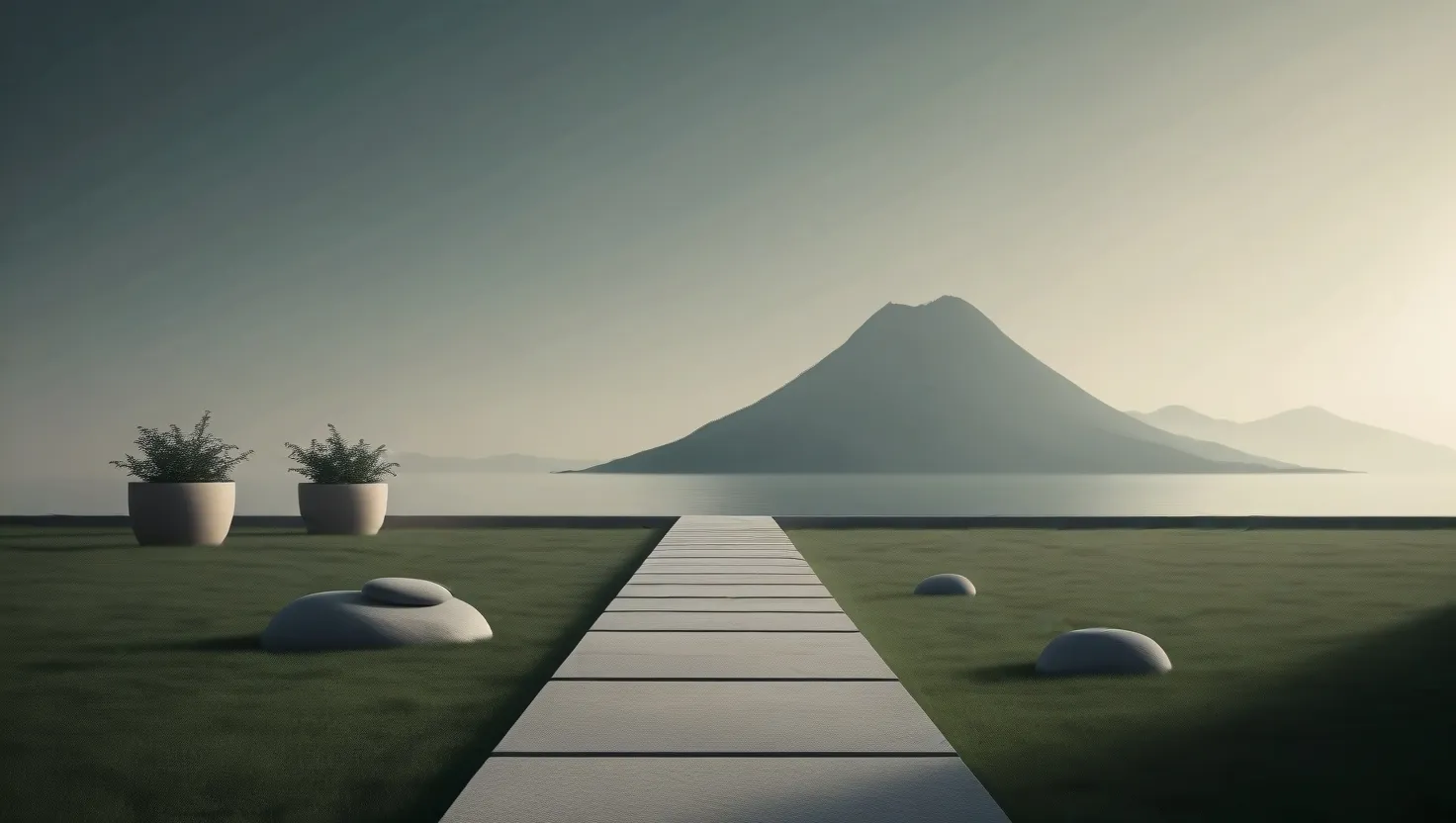Welcome to our yet another Summary Series, where we offer concise overviews of books with a focus on personal finance for our subscribers. This series is designed to give a snapshot of the book's content and should not be considered a replacement for the enriching experience of reading the book in its entirety. We highly recommend reading the full text to grasp the author's complete ideas and concepts, using this summary merely as a supplementary reference.
Emotional intelligence (EI) is a transformative tool in finance and investing, crucial for mastering the psychological aspects of the market. Understanding one's emotions and the emotional cues of others enables investors to make judicious decisions, especially under pressure. High EI contributes to better risk assessment, enhances resilience during market fluctuations, and improves negotiation skills while dealing with clients or stakeholders. As financial landscapes evolve, the ability to adapt emotionally and maintain interpersonal relationships becomes indispensable. This introduction explores how cultivating emotional intelligence can lead to more effective and strategic financial decision-making.
The Emotional Brain
In this chapter, Daniel Goleman introduces the concept of the "emotional brain" and its role in human behavior and decision-making. Goleman explains that emotional responses originate in the brain's limbic system, which processes emotions much faster than the neocortex, which handles rational thought. This quick emotional response system evolved to ensure survival by enabling rapid reactions to threats and opportunities.
Goleman distinguishes between emotional intelligence and cognitive intelligence (IQ), emphasizing that emotional intelligence involves self-awareness, impulse control, persistence, and the ability to motivate oneself. He argues that these skills are crucial for successful personal and professional relationships, and they can be nurtured and developed over time.
The chapter also discusses the amygdala's role in emotional memory, highlighting its ability to store details of emotional significance. This makes emotional reactions, especially those triggered by fear, exceptionally powerful and sometimes disproportionate to the actual event, due to the amygdala's primacy in the neural architecture.
By understanding the mechanics of the emotional brain, individuals can better manage their own emotions and respond more effectively to the emotions of others, enhancing both personal and professional interactions.
Anatomy of an Emotional Hijack
In this Chapter, Daniel Goleman introduces the concept of an "emotional hijack," where the emotional brain overpowers the rational mind, leading to impulsive and often regrettable behaviors. This chapter explores the neuroscience behind emotional hijacks, focusing on how the amygdala can take control away from the neocortex, the part of the brain responsible for rational thinking.
Goleman explains that during an emotional hijack, the amygdala detects an emotional stimulus and can trigger an immediate and intense emotional response before the higher brain centers have a chance to intervene. This response is typically swift, powerful, and, at times, overwhelming, designed to protect us from perceived threats but often maladaptive in modern settings.
The chapter discusses examples of emotional hijacks in everyday life, such as sudden anger in traffic or panic during a presentation. Goleman argues that while these responses might have served evolutionary purposes, they can be destructive in contemporary life. He emphasizes the importance of recognizing the signs of an emotional hijack and developing strategies to regain control, such as deep breathing, pausing to reflect before acting, and practicing mindfulness to reduce the frequency and intensity of hijacks.
Goleman concludes that developing emotional intelligence involves understanding and mitigating the impacts of emotional hijacks, which can significantly improve decision-making, relationships, and professional performance.
Know Thyself
In this chapter, the author delves into the importance of self-awareness as a cornerstone of emotional intelligence. Daniel Goleman explains that self-awareness involves recognizing one’s own emotions as they happen and understanding the impact of these emotions on thoughts and actions.
Goleman discusses how a lack of self-awareness can lead to poor decision-making and negative interactions with others, both personally and professionally. He illustrates this with examples where individuals fail to understand or acknowledge their emotional state, resulting in inappropriate responses that exacerbate conflicts or lead to missed opportunities.
The chapter also introduces practical tools and techniques for enhancing self-awareness. Mindfulness meditation, journaling, and feedback from trusted peers are highlighted as effective methods for individuals to become more attuned to their emotional responses. Goleman emphasizes that increasing self-awareness is a continual process, which requires dedication and can significantly improve one's emotional intelligence.
Moreover, Goleman links self-awareness to better health outcomes, as it contributes to stress management and mental well-being. He argues that individuals who understand their emotions can manage stress more effectively and are less likely to act impulsively under pressure.
The Roots of Empathy
In this Chapter, Daniel Goleman explores the concept of empathy as an essential part of emotional intelligence. He explains that empathy involves more than just understanding others' emotional states; it also encompasses a concern for their well-being and a capability to anticipate their emotional responses.
Goleman discusses the biological basis of empathy, pointing to the role of mirror neurons, which help us feel what others are feeling by simulating others' emotions within our own brains. This mirroring mechanism is foundational to developing empathy and enables individuals to respond appropriately to social cues and maintain harmonious relationships.
The chapter also examines different levels of empathy, from cognitive empathy (understanding another's perspective) to emotional empathy (physically feeling the emotions of others) to compassionate empathy (being moved to help). Goleman argues that developing these layers of empathy is critical for effective leadership, teaching, and in any professional role that requires interpersonal communication.
Additionally, Goleman presents evidence suggesting that empathy can be nurtured from a young age and discusses educational practices and parenting styles that foster empathy in children. He warns, however, that empathy can be diminished by stress and emotional detachment, making emotional self-management crucial for maintaining empathetic interactions.
Summary
The Emotional Brain - In the opening chapter, Daniel Goleman introduces the concept of the "emotional brain," explaining the brain's limbic system, which processes emotions significantly faster than the neocortex, responsible for rational thought. He emphasizes that while emotional intelligence (EI) and cognitive intelligence (IQ) are distinct, EI, which encompasses self-awareness, impulse control, and self-motivation, plays a crucial role in successful interpersonal relationships and can be developed over time.
Anatomy of an Emotional Hijack - This Chapter explores the concept of "emotional hijacks," where the amygdala overtakes the neocortex, leading to impulsive behaviors often regretted later. Goleman describes how these intense emotional responses, though evolutionarily adaptive, can be maladaptive in modern scenarios. He suggests strategies like mindfulness and reflective pause to manage and mitigate such hijacks, highlighting their importance in personal and professional settings.
Know Thyself - This chapter delves into self-awareness, a foundational aspect of EI, detailing how understanding one's own emotions in real time can lead to better decision-making and healthier interactions. Goleman advocates for practices such as mindfulness meditation and receiving feedback to enhance self-awareness. He links greater self-awareness to improved stress management and overall mental well-being.
The Roots of Empathy - Goleman discusses empathy, crucial for effective social interactions and professional success. He explains the role of mirror neurons in feeling others' emotions and differentiates between cognitive, emotional, and compassionate empathy. The chapter stresses the importance of fostering empathy from childhood and maintaining it through emotional self-regulation.






